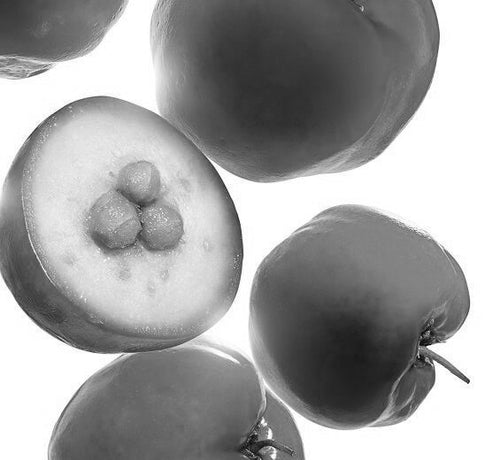The real reason why we age and what enzyme CYP26A1 has to do with it.
Retinol (Vitamin A1) is important for the skin: There's this thing called retinol, which is like a special type of Vitamin A that's super important for our skin.
Retinol helps our skin do good stuff: It helps our skin do lots of good things, like healing wounds, keeping our skin strong, and even making us look younger!
Our bodies turn retinol into retinoic acid: When we use retinol, our bodies change it into something called retinoic acid, which is even more powerful and does a lot of the good stuff for our skin.
But our bodies also break down retinoic acid really fast: Unfortunately, our bodies break down this helpful retinoic acid pretty quickly, so it doesn't stick around long enough to do all the good things we want it to do.
Scientists found a way to stop the breakdown of retinoic acid: Some smart scientists figured out a way to stop our bodies from breaking down this helpful retinoic acid so fast. They made something called NovoRetin™, which stops a specific enzyme from breaking down the retinoic acid.
NovoRetin™ keeps the retinoic acid in our skin: When we use NovoRetin™, it keeps the retinoic acid in our skin for longer, so it can keep doing all the good stuff it's supposed to do.
We can get retinol-like effects without using retinoids: By using NovoRetin™, we can get all the good effects of retinol without having to actually put retinoids on our skin. This means we don't have to worry about the problems that sometimes come with using retinoids directly.
So, in simple terms, NovoRetin™ helps our skin stay healthier and younger-looking by keeping the good stuff (retinoic acid) around for longer without needing to use other harsh treatments.
Why does the enzyme CYP26A1 break down vit A in our skin?
The enzyme CYP26A1 breaks down vitamin A (specifically its active form, retinoic acid) in our skin as part of a natural process in our bodies. This breakdown helps regulate the levels of retinoic acid in our skin cells.
Our bodies have mechanisms in place to maintain balance, and one of these mechanisms involves breaking down substances that are no longer needed or that might be present in excess. In the case of retinoic acid, it's important for various functions in the body, including skin health, but too much of it can be harmful.
CYP26A1 is an enzyme specifically designed to break down retinoic acid, converting it into a less active form called hydroxy-retinoic acid. By doing this, the body can control the levels of retinoic acid, preventing them from getting too high and causing potential harm.
So, while it might seem counterintuitive that an enzyme breaks down something important like retinoic acid, it's actually a crucial part of our body's regulatory system to keep everything in balance and functioning properly.
Is it more of a demand as we get older to want to keep a higher level of retinoic acid in our skin instead of having enzyme CYP26A1 regulate it?
Yes, as we age, there is often a desire to maintain higher levels of retinoic acid in our skin. This is because retinoic acid plays a crucial role in various skin functions, including collagen production, cell turnover, and maintaining skin elasticity. These functions tend to decline as we age, leading to wrinkles, fine lines, and other signs of aging.
As we get older, our skin's ability to produce and retain retinoic acid may decrease, while the enzyme CYP26A1 continues to regulate its levels, potentially leading to lower levels of retinoic acid in the skin. This can contribute to the visible signs of aging.
Therefore, there is interest in finding ways to maintain or increase retinoic acid levels in the skin, such as using products like NovoRetin™ that inhibit the activity of CYP26A1, allowing retinoic acid to remain active for longer periods and potentially providing anti-aging benefits.









